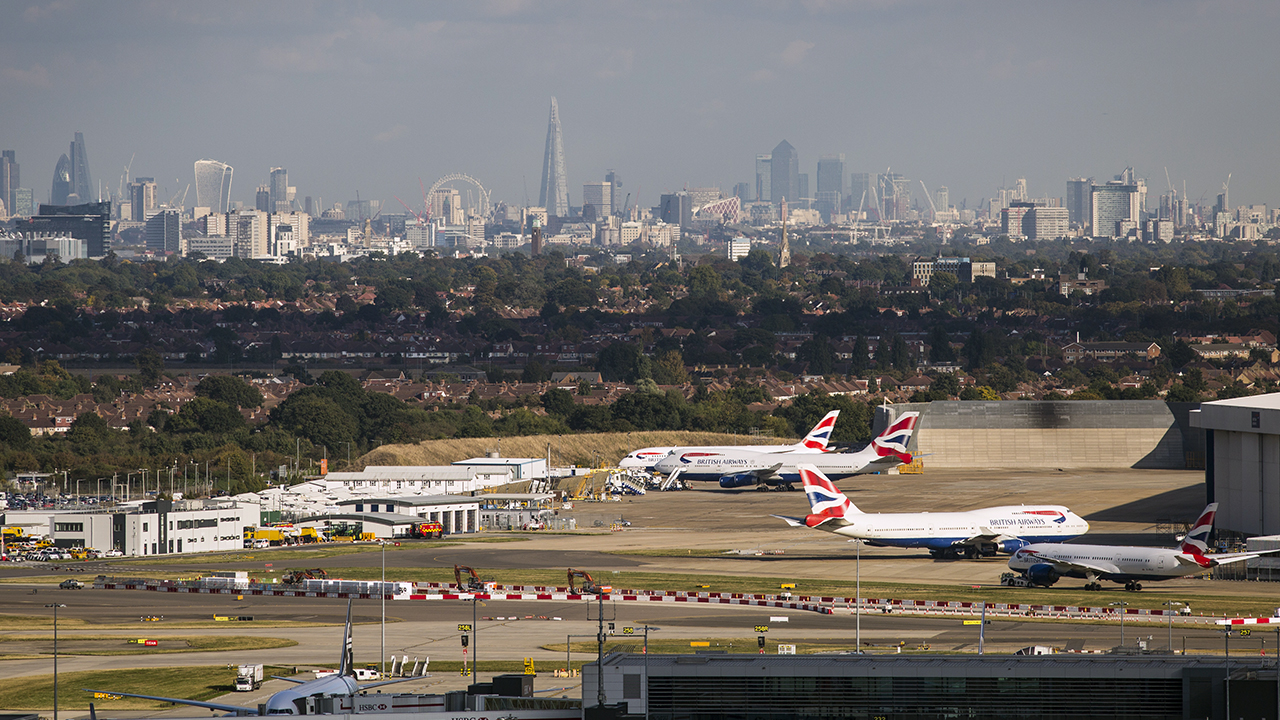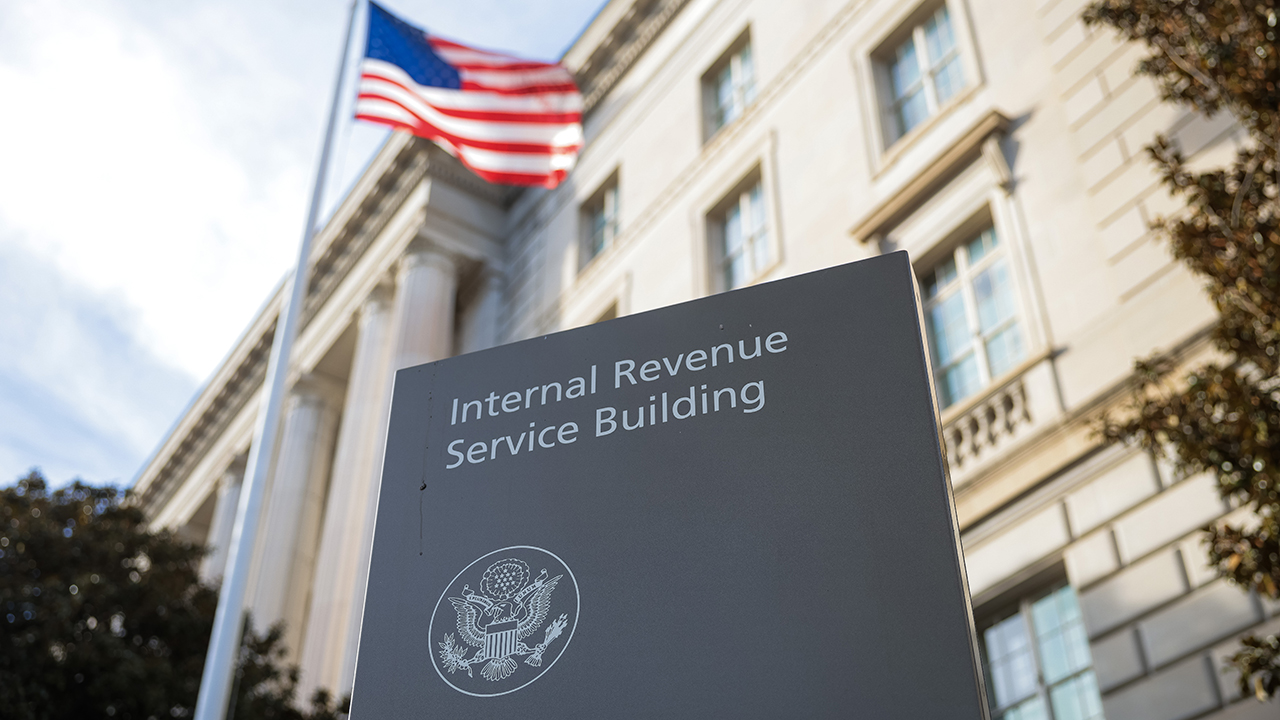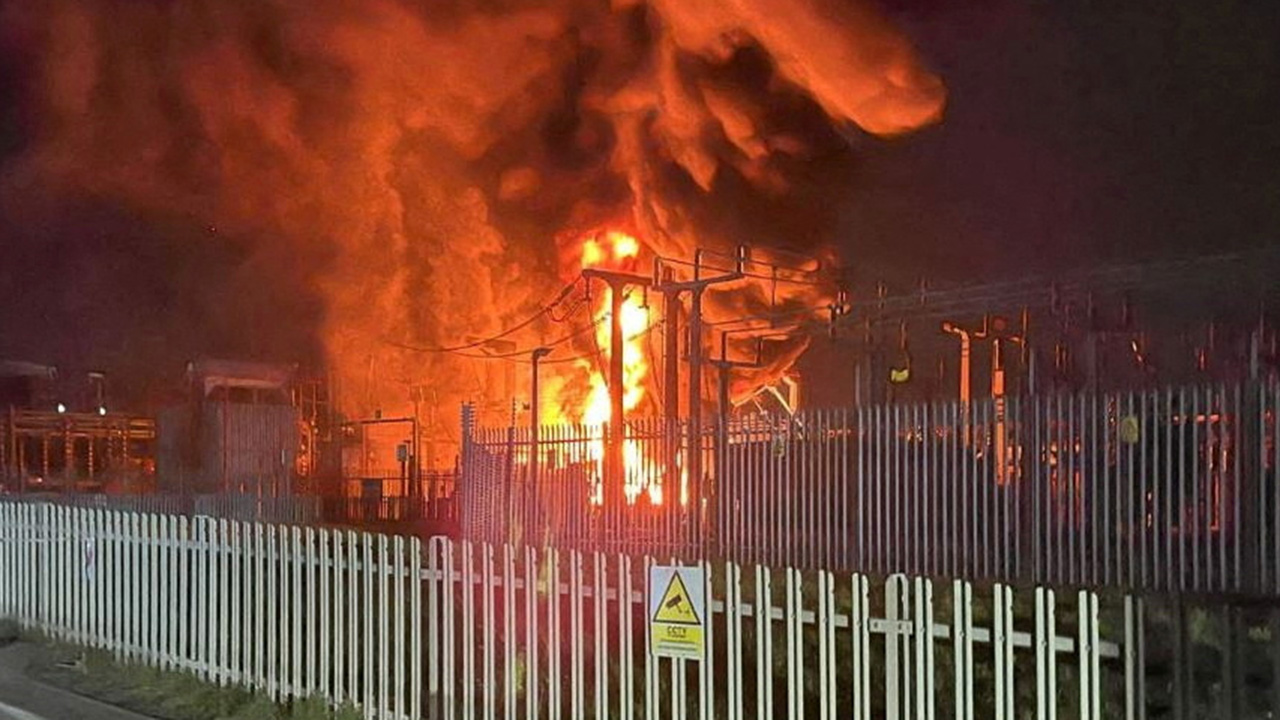Dollar Rally Takes a Breather as Markets Eye Inflation Signals and Political Headwinds


After a sharp, multi-day ascent that propelled it to a three-week high, the U.S. dollar paused on Wednesday, catching its breath as investors recalibrated expectations ahead of a crucial data release: the June Producer Price Index (PPI). The momentary stall in the dollar’s rally reflects the market’s shifting attention from past data to the broader, and increasingly complex, macroeconomic landscape—one shaped by inflation, interest rate uncertainty, and a growing chorus of political noise.
A Rally Rooted in Repricing
The greenback’s recent strength has been underpinned by evolving expectations around Federal Reserve policy, particularly in light of tariffs reintroduced by the U.S. administration and their inflationary ripple effects. Tuesday’s Consumer Price Index (CPI) report was a mixed bag for markets. While core inflation came in slightly softer than economists had forecast, both core and headline figures rose on a month-over-month basis, casting doubt over the likelihood of imminent interest rate cuts.
The result? Investors began to reassess the trajectory of U.S. monetary policy. The dollar, ever sensitive to such repricing, surged in response—buoyed by speculation that the Fed might keep rates higher for longer, especially if inflation shows signs of becoming sticky or tariff-induced.
The Fed’s Dilemma Deepens
Fed policymakers have been quick to pour cold water on expectations of rapid easing. In remarks following the CPI release, Dallas Fed President Lorie Logan reiterated a cautious stance, warning that inflationary pressures, particularly those linked to new tariffs, remain a concern. She advocated for maintaining restrictive monetary conditions until there is greater confidence that inflation is durably on a downward path.
This view aligns with a broader narrative taking shape across the Federal Open Market Committee: monetary policy must remain vigilant, even in the face of growing political pressure. Markets have taken note, with Treasury yields remaining elevated—the 10-year yield hovered just under 4.49%, a level not seen in over five weeks.
PPI in the Spotlight
With CPI offering only part of the inflation picture, market participants are now laser-focused on the upcoming PPI data. A stronger-than-expected PPI reading could bolster the argument that inflation—particularly at the producer level—is not abating as quickly as hoped. That, in turn, would likely reinforce the Fed’s cautious tone and support further dollar strength while keeping yields pinned near recent highs.
Conversely, a weak PPI report could reignite hopes of a late-year rate cut, offering some breathing room to rate-sensitive sectors and possibly pulling the dollar back from recent peaks.
Tariffs: The New Inflation Wildcard
Underpinning all this is a new layer of complexity: tariff-related inflation. The Biden and Trump administrations have both hinted—albeit in different tones—at a more protectionist stance, with renewed tariffs on Chinese goods already beginning to ripple through supply chains. These measures may have a delayed but persistent impact on prices, particularly for intermediate goods and manufacturing inputs.
Economists warn that this type of policy-induced inflation may not respond to traditional interest rate levers. If tariffs become a central driver of inflation, the Fed may find itself in an increasingly awkward position: either tighten policy and risk recession, or hold rates steady and risk re-anchoring inflation expectations.
Political Pressure and the Independence Question
As if macroeconomic uncertainty weren’t enough, the Federal Reserve is now facing intensified political scrutiny. Former President Donald Trump, currently the presumptive Republican nominee for the 2026 election, has escalated his criticism of Fed Chair Jerome Powell, this time linking the cost overruns in the Fed’s ongoing headquarters renovation to what he implied could be grounds for Powell’s dismissal.
While the legal and institutional barriers to such a move are significant, the mere suggestion of meddling with central bank independence is enough to rattle bond markets. Any sign that the Fed could be compromised or steered by political motives would likely trigger an upward repricing in Treasury yields, as investors demand greater compensation for holding long-dated U.S. debt.
A Dollar at a Crossroads
The dollar’s pause on Wednesday may turn out to be just that—a pause. But whether the rally resumes depends on a delicate mix of data and perception. If the June PPI reading surprises to the upside, expect renewed momentum in the dollar and further support for high yields, as traders double down on the “higher-for-longer” rate scenario. On the other hand, if the data comes in tame, the greenback could give back some recent gains, especially if dovish voices within the Fed start to gain traction.
Meanwhile, with presidential politics heating up and geopolitical tensions—ranging from trade disputes to currency realignments—simmering in the background, market volatility is unlikely to subside. For now, the dollar remains the world’s safe-haven currency of choice, but its path forward will be anything but straightforward.
Bottom Line: The dollar’s fate hangs in the balance, teetering between sticky inflation, political pressure on the Fed, and market skepticism around the durability of monetary independence. As the world’s most watched currency, what happens next to the dollar will reverberate far beyond U.S. borders—impacting everything from emerging market stability to the global appetite for risk.
The post Dollar Rally Takes a Breather as Markets Eye Inflation Signals and Political Headwinds appeared first on European Business & Finance Magazine.















































